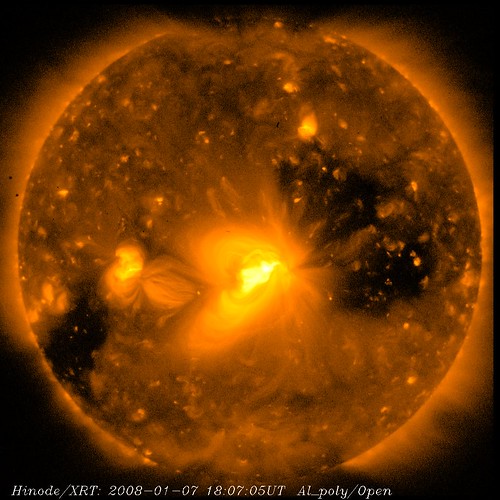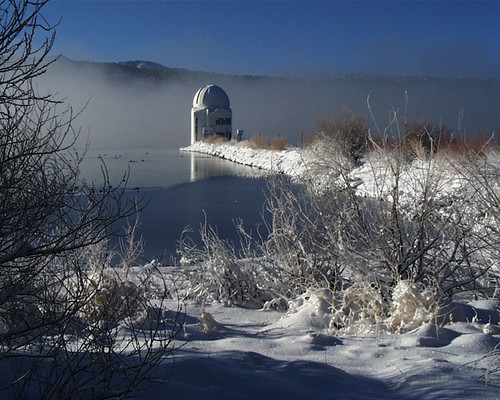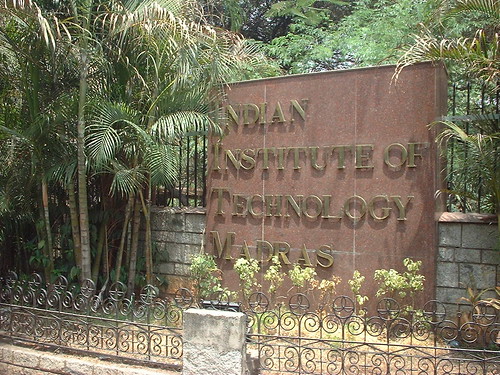Race for Mobile TV Platform Entering Final Lap
Wednesday, January 9th, 2008We’ve written before about mobile TV, and about Samsung’s video chipset for mobile TV technology. Now, the race is on to determine which mobile digital television technology will become the standard — with PC Magazine calling the competition a war.
"The battle between Blu-ray and HD DVD may be settling down at last, but in the mobile TV arena another competition is just getting under way," reports the Ecommerce Times:
Two different mobile digital television technologies will enter testing this year, each backed by a different set of vendors. In one camp, there’s the A-VSB platform developed by Samsung Electronics Latest News about Samsung and Rohde & Schwarz; in the other, it’s the MPH (Mobile-Pedestrian-Handheld) platform, jointly developed by LG Electronics Latest News about LG Electronics and Harris.
Both have performed well in preliminary technical trials conducted by members of the Open Mobile Video Coalition industry alliance, the group said. Ultimately, however, only one will be chosen by the Advanced Television Systems Committee standards-setting body as the official U.S. standard for mobile digital TV, Gerry Kaufhold, principal analyst with In-Stat, told TechNewsWorld.
LG just unveiled its Mobile Pedestrian Handheld (MPH) in Las Vegas:
Woo Paik, LGE president and chief technology officer, said that since the development of the digital broadcast system began, broadcasters have sought a system with the capability of delivering programming to mobile viewers.
LG, which holds the patents to the 8-VSB modulation scheme used in the ATSC television broadcast system, developed MPH to provide broadcast quality video receivable by devices moving at speeds of up to 140 miles per hour. The system will also be capable of working with the current ATSC DTV broadcast standard, LG said.
Here’s Mahalo Daily’s Veronica Belmont at LG’s booth at CES:
Samsung’s technology, meanwhile, is heading for national trials:
The trial will use SES Americom’s IP PRIME facility in Vernon Valley, N.J., and satellite capacity to beam national signals to A-VSB transmitters in local markets, which will also be inserting local content into an A-VSB "in-band" stream that will broadcast within stations’ existing digital spectrum.
Rohde & Schwarz and Samsung are supplying the local transmission technology, Nokia Siemens is providing back-end service management and MobiTV will handle the service’s interactive features. SES Americom will provide overall integration of the project.
Here’s Samsung’s demo from last year’s NAB:
Finally, there are rumors that Apple might announce mobile TV next week at MacWorld. We’ll see on Tuesday.








